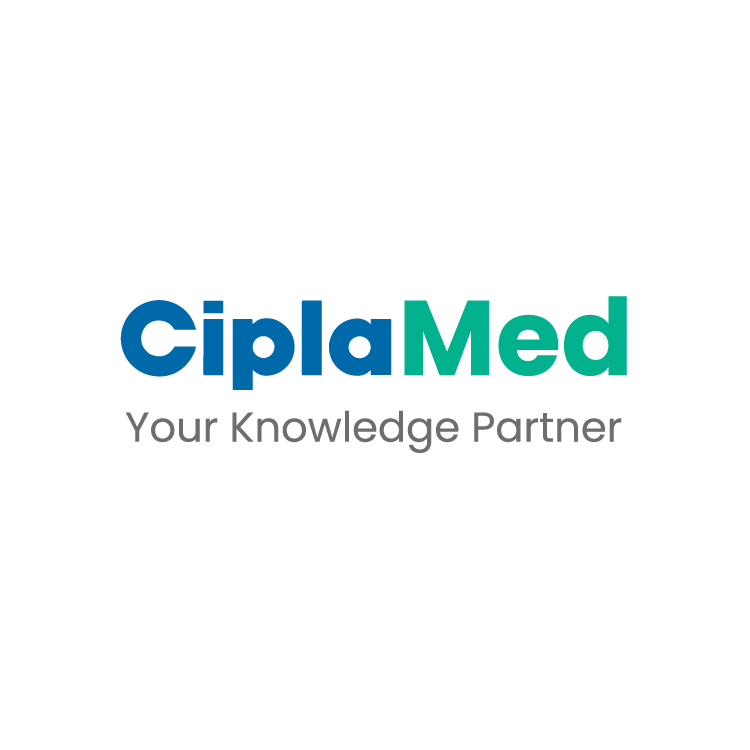ACR Convergence 2024: Unmet Needs in Sjögren's Syndrome: Recognition, Prevention, and Management
Best Practices for the Management of Sicca
Speaker: Leslie Laing, PhD, BSc, MSc, DDS – Faculty of Dentistry University of Toronto; Sjogren's Society of Canada; Toronto Public Health Dental and Oral Care Clinics
Key Highlights
Oral Health Challenges in Sjögren’s Syndrome
Severe hyposalivation is a hallmark of Sjögren’s syndrome, resulting in reduced buffering capacity, antimicrobial activity, and debris clearance. This significantly increases susceptibility to oral complications such as rampant dental caries, oral candidiasis (thrush), and mucosal dryness leading to ulceration. Additionally, oral dysbiosis alters the microbial flora, favoring aciduric and cariogenic bacteria like Scardovia wiggsii, further compounding oral health issues.
Traditional Management Approaches
Traditional methods often include the removal of non-viable teeth and prosthodontic interventions to restore oral function. For oral candidiasis, antifungal treatments like nystatin are commonly used; however, sugar content in some formulations can inadvertently worsen the risk of dental caries, presenting a challenge in balancing treatment and prevention.
Non-Pharmacological Interventions
Oil pulling with coconut oil, an Ayurvedic technique, has shown significant benefits by reducing Streptococcus mutans and Candida albicans by 100-fold over three weeks. It also moisturizes the mouth and aids in debris removal, offering a simple and cost-effective solution for patients. Xylitol-based products, such as XyliMelts and XeroStrips, are particularly useful for stimulating salivary flow and inhibiting bacterial growth. These products are most effective when applied at night, providing sustained benefits during periods of low salivary activity.
Innovative Minimally Invasive Treatments
38% Silver Diamine Fluoride (SDF) is a groundbreaking treatment combining silver's antimicrobial properties with fluoride's remineralizing effects, making it a versatile tool in dental care. It is particularly effective in arresting dental caries, reducing hypersensitivity, and providing minimal intervention by staining only decayed areas black. SDF has proven efficacy in xerostomic patients and those at high risk for caries, including individuals with Sjögren’s syndrome.
Probiotic and postbiotic innovations are also gaining attention, with products like BioGaia lozenges (containing Lactobacillus reuteri) shown to reduce Candida levels, improve periodontal health, and mitigate peri-implant bone loss. Additionally, Breathific synbiotics, which combine pre- and postbiotics, are demonstrating potential in reducing Candida and enhancing oral microbial balance.
Conclusion
A holistic approach that integrates antimicrobial, remineralizing, and saliva-stimulating techniques is essential for optimizing outcomes in Sjögren’s syndrome. Minimally invasive and cost-effective treatments, such as SDF and probiotics, provide significant improvements in function and aesthetics while remaining accessible to patients. Enhancing oral care strategies has a profound impact on the quality of life for individuals with Sjögren’s syndrome, emphasizing the importance of interdisciplinary collaboration and the adoption of emerging biotic therapies.
Panel Q&A Discussion
Speaker: Leslie Laing, PhD, BSc, MSc, DDS – Faculty of Dentistry University of Toronto; Sjogren's Society of Canada; Toronto Public Health Dental and Oral Care Clinics
Key Highlights:
Q.1. How do we approach patients with dryness symptoms that don't match clinical findings?
Answer:
-
Patients Feeling Dry Despite Normal Measures:
-
Evaluate for neurological involvement that may affect dryness perception.
-
Consider variations in saliva production due to time of day and broader clinical context beyond lab results.
-
Patients Not Symptomatic Despite Severe Dryness: Such cases often involve extra-glandular organ damage. Thoroughly examine mouth and eyes for signs of Sjögren’s syndrome.
Q.2: How can asymptomatic severe dryness be identified?
Answer: Patients with severe dryness who do not report symptoms often have extra-glandular organ involvement. Saliva quantity is not the sole determinant—consider factors like cheek adhesiveness and saliva variations at different times of the day. Thorough oral and ocular examinations are critical for early detection and comprehensive management.
Q.3: What are the limitations of SSA/SSB antibody testing in diagnosis?
Answer: Many commercial labs omit SSA-52 testing, leading to missed diagnoses. Comprehensive SSA antibody profiling is crucial for improving diagnostic accuracy and identifying more patients.
Q.4: What is the role of salivary gland biopsies in diagnosis?
Answer: Biopsies are especially helpful in SSA-negative patients. They provide diagnostic clarity when performed correctly, requiring at least 8 mm² of tissue and multiple glands for accurate focus scoring. Collaboration with experienced oral pathologists is essential for proper evaluation.
Q.5: When should repeat biopsies be considered?
Answer: Repeat biopsies are rare but may be necessary in cases of suspected lymphoma, inconclusive lip biopsy results, or specific research settings. Parotid gland biopsies can be valuable if lip biopsy results are inadequate.
Q.6: What do focus scores indicate in clinical practice?
Answer: High focus scores, germinal centers, or IgA/IgG shifts may signal a greater risk for extra-glandular involvement or lymphoma. However, the prognostic value of focus scores remains inconsistent, and their interpretation does not always change management strategies.
Q.7: How can clinicians address variability in pathology reports?
Answer: Pathology reports often lack details such as analyzed surface area or clear scoring. Collaborating with pathologists ensures comprehensive reporting and improves diagnostic reliability. Referral to specialized labs for external reviews can also enhance accuracy.
Q.8. What are some challenges in recognizing Sjögren’s in atypical populations, like pediatric patients?
Answer: Pediatric Sjögren’s often presents without profound dryness, making diagnosis more challenging. Maintain a high index of suspicion in patients with overlapping symptoms like lupus. Start with serologic tests (e.g., SSA/SSB antibodies). Use biopsies judiciously for inconclusive cases, ensuring proper tissue quality and expert interpretation. Avoid jumping to invasive tests without a stepwise diagnostic approach.
Q.9: What is the best approach for diagnosing and managing Sjögren’s syndrome?
Answer:
-
Maintain a high index of suspicion, especially in patients with overlapping symptoms such as lupus.
-
Begin with serologic testing and clinical assessments, using biopsies judiciously for confirmation.
-
Ensure biopsies are performed with adequate tissue and evaluated by experts.
-
Embrace multidisciplinary care, involving rheumatologists, dentists, and oral pathologists, to improve outcomes.
Concluding Insights:
The panel highlighted the complexity of diagnosing and managing Sjögren’s syndrome. Tailored, evidence-based approaches and multidisciplinary collaboration are critical for improving diagnostic accuracy and patient care.
American College of Rheumatology Convergence 2024, November 14–19, Washington, D.C



.webp?updated=20241028052153)
